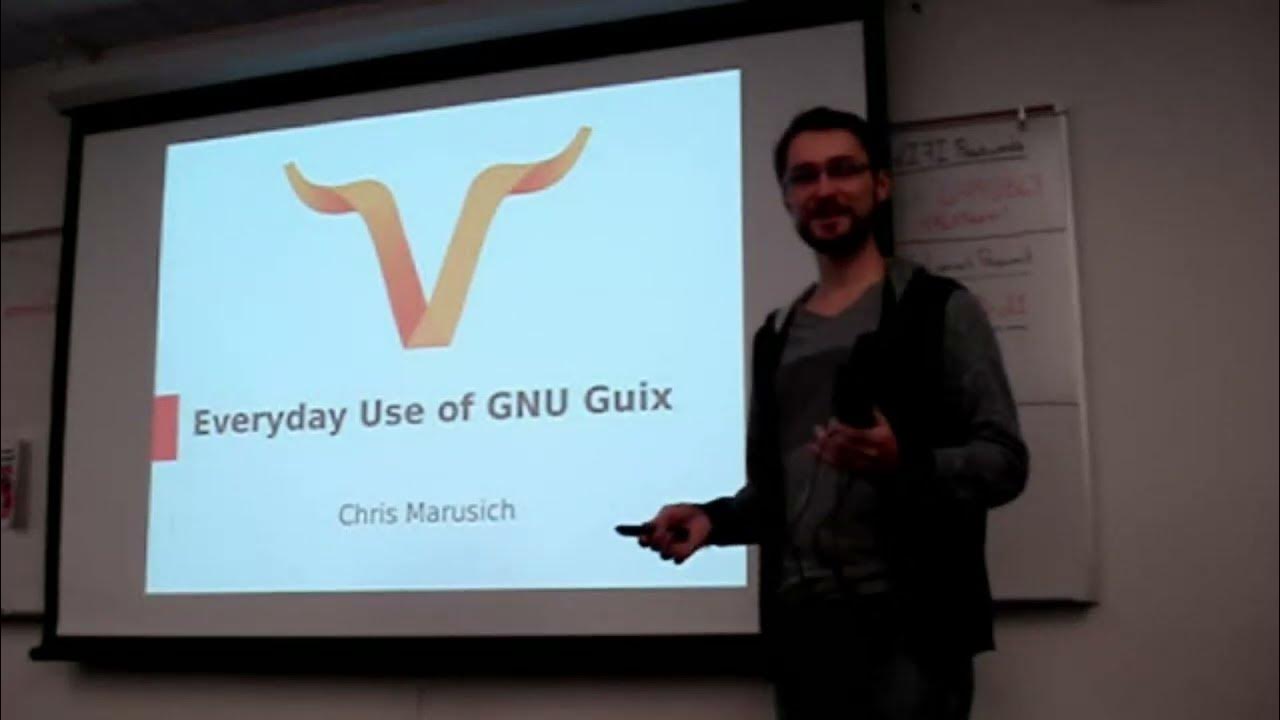I understand the general job market, but what about lisp prevents you from pursuing personal ventures with it?
- 8 Posts
- 36 Comments
Yeah Clojure is like the monkey’s paw of Lisp weenies. It adds many modern day niceties that are lacking in standard Scheme or Common Lisp, but also changes enough things to make it feel very un-lispy. I go back and forth as to whether or not I even consider it Lisp (Richard Stallman doesn’t).
But I do know that I’d rather write Clojure than any other non-lisp language.
I’d also recommend people try ABCL, which is Common Lisp on the JVM , or Parenscript which is Common Lisp that compiles to Javascript.
Lisp
It solves so many problems new languages have been invented to try and solve, while being simultaneously simpler than most

 01·7 months ago
01·7 months agoLook up what?

 1·7 months ago
1·7 months agoSource?

 3·9 months ago
3·9 months agoemacs org-mode meets all of these criteria
M-% NixOS RET Guix RET !
But yes 80% of my comment applies to Nix as well, as of course Nix is older and Guix is (conceptually) based on Nix. Though I personally use/prefer Guix.
Yes GNU Guix is a linux distro.
The package manager for Guix (also called guix) is also a portable package manager which works on any linux distro, similar to flatpak, nix, homebrew, etc.
Guix’s claim to fame is that it is a functional distro/package manager, meaning that all changes are atomic, so installing/upgrading/deleting packages never leaves your system in a broken state.
Not only that, but if you make some change to your system and it breaks for normal reasons (e.g. newest software version has a bug), you can roll back to your previous system state with all your previous packages and their versions, and this roll-back operation is also atomic.
Guix the distro not only let’s you do package management this way, but also let’s you do declarative system configuration. This means rather than manually rummaging around /etc changing files and hoping nothing breaks, there’s simply a single config file which declares all of your system configuration. From your kernel to users, partitions, system services, and just about anything else, all the configuration is declaratively done in one place with one language (Guile Scheme). Any changes you make to your system this way are also of course atomic and can be rolled back.
It even comes with a built in system called guix home which lets you bring that same level of declarative, atomic configuration to your user’s home environment, letting you manage user level packages, dotfiles, env variables, and more with a single home configuration file.
There are other goodies too, such as the ability to spawn one-off shell environments with the guix shell command, dropping you in a shell with all the packages and env variables you declare, keeping your regular user environment clean (very nice for development).
There’s even more, but at this point if you’re still interested just head over to the site and the docs.

 14·9 months ago
14·9 months agocodeberg
it’s like github but non-corporate free software
it’s very polished and featurful
it’s built upon/by the same devs as forgejo, which is open tech to self host your own git server (with federation potentially coming), so supporting one supports the other
If I understand you correctly, this is trivial in emacs:
(defun insert-text () (interactive) (insert "your text here")) (global-set-key your-keybind-here #'insert-text)You could make it a format string if it relies on data specific to some file or parameter. You could also make the keybind local to certain modes/files rather than a global keybind if you don’t want to pollute your keybind space.

 371·9 months ago
371·9 months agoemacs org-mode

 1·9 months ago
1·9 months agoI’ll never understand why we don’t just use s-expressions.

 1·9 months ago
1·9 months agoguix home reconfigure home-config.scm

 6·1 year ago
6·1 year agoYou can mount any directory you want as the “home” directory of a given container with distrobox, it just defaults to using your home directory.

 5·1 year ago
5·1 year agofirmware/drivers

 4·1 year ago
4·1 year agoThanks for the response! Flathub is a fantastic project so glad to hear about your contributions. Your videos have been helpful for me as introductions to Silvelblue ideas and statuses.
I don’t have much to say about the term “cloud native” personally, it doesn’t seem too important. I think myself and others react against it because cloud tech is mostly used by businesses and “server people” to deliver products (sometimes at the cost of user freedom), and so has either a non or negative connotation in the FOSS linux desktop space. But names are names, and accuracy matters most. I don’t think etiher “cloud native” or “immutable” are really all that helpful as technical terms though, maybe something else should be used (image based, atomic, container centric, ?).
I’m not sure I understand “distros already have htop.” Distros already have everything packaged for flatpak, yet they were packaged for flatpak. The real question is why do flatpaks exist at all if you can just run programs in containers, OR why do containers exist at all if you can just run programs as flatpaks (assuming everything we wanted were available as a flatpak). That is: what are the technical / UX reasons to choose flatpak over containers and vice versa?
Podmansh looks very cool! That’s definitely the direction I’d like to see these sorts of projects moving in. The #1 issue I have at the moment with this OS model is customization/tinkering/hackability. I want to have the niceties of atomic updates and reproducible builds, and containers on their own are great. But not if it takes away my ability to make my system fit my needs. I have no interest in using a macbook.
The future of these technologies looks bright, and they are clearly functional today, but I’m not sure any of them meet my needs yet as someone who likes to have a great deal of control and understanding of my system.

 7·1 year ago
7·1 year agoYeah rollbacks are probably the best part of immutable OS’s, but of almost equal importance is reproducible system configuration, which imo only Nix and Guix do well. Neither snapshots nor Silverblue really manage that yet.

 19·9 months ago
19·9 months agoedit: I do feel norawibb’s point, the slippery mutability of Void is something I am a lot less comfortable with than I used to be. Apparently Guix has spoiled me.

 3·1 year ago
3·1 year agoI don’t think it’s a coincidence that cloud tech, container tech, Go, and Plan 9 tend to overlap conceptually and demographically.






Common Lisp “solves” most language-level problems by providing metaprogramming capabilities via lisp-style macros. (Almost) any language feature you would want can be implemented with lisp macros, and many such features already have been. So you don’t have to worry whether or not lisp has “for i in…” loops, or pattern matching, or generics, or virtually anything else, because if it doesn’t, you can write it! Plus if it’s really a good feature somebody has probably already made a library for it (if it’s not already part of the standard).
One of the most extensive examples of this is Coalton, which is an ML-style statically typed EDSL for Common Lisp.
There are metaprogramming features in a few other languages: template haskell, C pre-processors, even macros in Rust or Julia. But these all fall very short of lisp-style macros because those languages are not (truly) homoiconic, which makes the macros awkward to write and integrate into the language. This kind of metaprogramming is rarely employed, and when it is only for heavy duty tasks, and even then is generally discouraged as a last resort/special circumstance. But lisp macros are very easy to write because it’s the same as writing any other piece of lisp code. This results in macros being used often for smaller lightweight abstractions in the same way you write a small function.
The other big pro of lisp is image based development. But that’s not so much solving a problem in other languages as it is simply a feature that they don’t (and pretty much can’t) have.
And all of this is done in a language with less syntactic and semantic primitives than almost any other language, including the other “simple” ones like Python, Ruby, Elixir, etc.